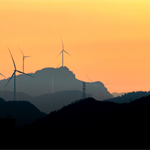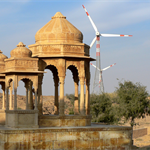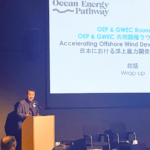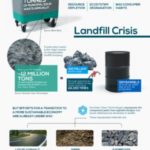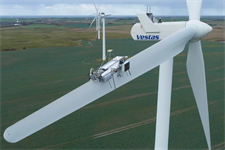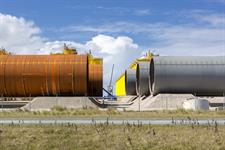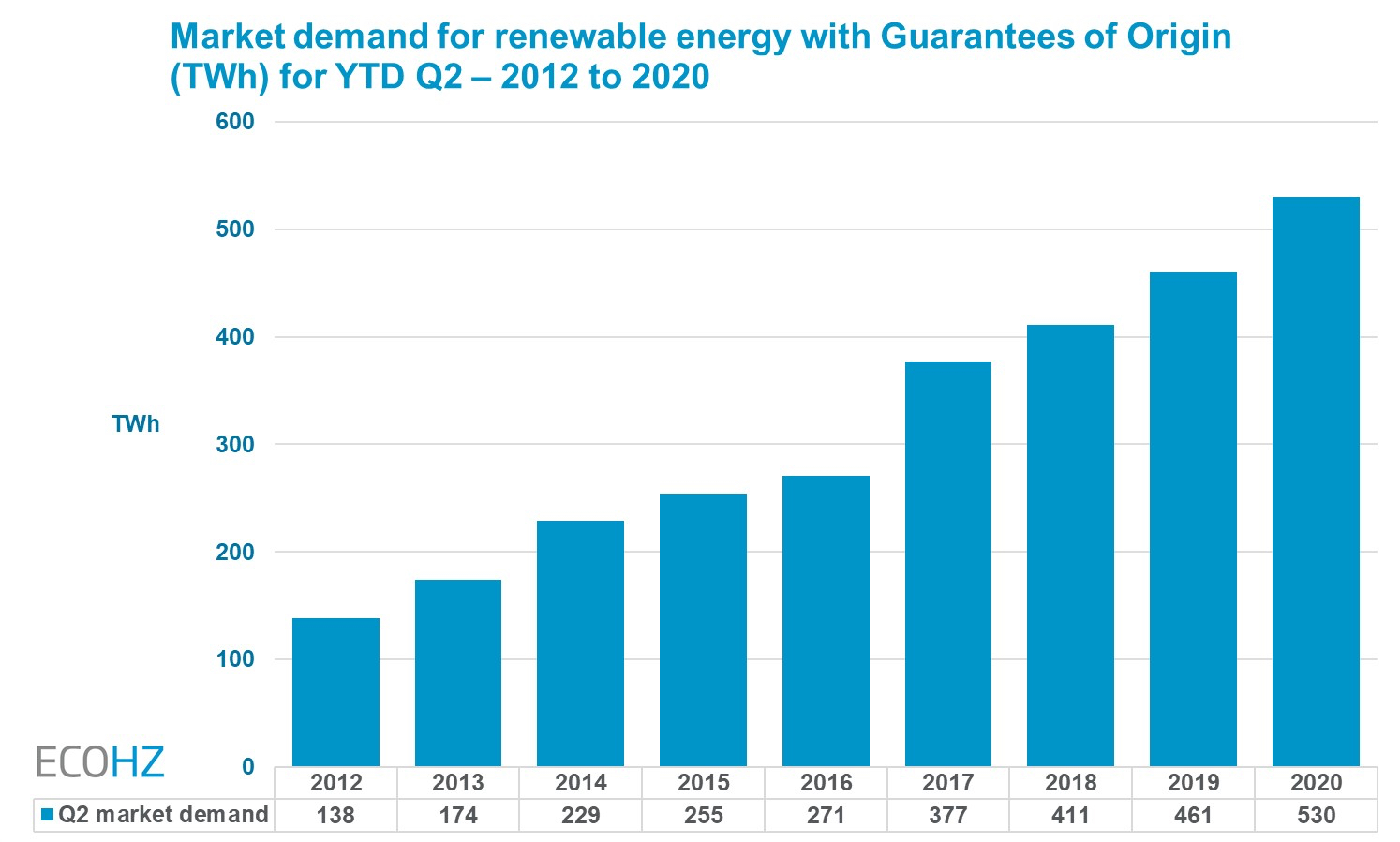IPCC: Hopes fade for keeping global warming well below 2°C
Energy Disrupter
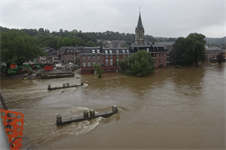
The sixth assessment report from the Intergovernmental Panel on Climate Change (IPCC), published on Monday, finds that the effects of climate change are clearly already being felt in “every inhabited region across the globe”. Western Europe is becoming hotter, while also both more prone to drought and intense rainfall.
It is “virtually certain that hot extremes (including heatwaves) have become more frequent and more intense across most land regions since the 1950s”, it says. The report adds that some recent events are “extremely unlikely” without climate change.
It is also likely that the rising occurrence of tropical cyclones, and the northward shift of their peak intensity, is also due to human activity.
Based on 14,000 studies, the evidence presented in the IPCC’s assessment is stark. It says that the Earth is warming at a rate unprecedented for at least 2,000 years – which would be greater if it was not for a countervailing cooling effect from aerosol pollution. CO2 concentrations are the highest for at least two million years and sea level is rising faster than at any point over the past 3,000 years. The planet is the warmest it has been for 125,000 years – around the time when modern humans left Africa.
These trends will persist, the report states, with the Earth’s temperature continuing to rise well into the middle of the century under any emissions scenario.
The report states that “global warming of 1.5°C and 2°C will be exceeded during the 21st century unless deep reductions in CO2 and other greenhouse gas emissions occur in the coming decades.”
The assessment is intended to guide decision makers as they prepare to meet in Glasgow in November for the COP26 climate summit, said IPCC chair Hoesung Lee at a press conference on Monday morning.
Writing on Twitter earlier today, COP26 president Alok Sharma said: “The IPCC report shows that the lights are flashing red on the climate dashboard. We must come together at COP26 and agree ambitious emission reduction targets that lead us to net zero by 2050.”
Even under the IPCC’s most ambitious and hopeful projection, in which global emissions halve by 2040, temperature rise is “very likely” to be within 1-1.8°C. In a worst case scenario, involving emissions peaking around 2090, the body predicts that average temperatures would rise by a catastrophic 5-8°C.
A more middling scenario, involving emissions flattening by 2035 and steadily falling from around 2050, would still generate warming of around 2°-4.5°C.
Speaking alongside Lee, secretary-general of the World Meteorological Association Petteri Taalas mentioned this year’s record-breaking temperature, drought, forest fires, floods in central Europe and China, and intense hurricanes and typhoons.
“Have we lost hope? No and yes. According to this report we are still having a chance to stop the negative climate trend during the mid of this century by especially limiting the use of fossil fuels and deforestation,” he said.
“Some consequences will continue for centuries or even thousands of years, like sea level rise, melting of glaciers and thinning Arctic sea ice and snow cover. The report underlines the urgency to enhance the ambition level of climate mitigation. We are not yet heading towards Paris limits of 1.5 to 2 degrees warming by the end of this century,” he warned.
“Over the next 2000 years, global mean sea level will rise by about 2 to 3m if warming is limited to 1.5°C, 2 to 6m if limited to 2°C and 19 to 22m with 5°C of warming, and it will continue to rise over subsequent millennia,” the report says.
Inger Anderson, executive director of the United Nations Environment Programme, was more blunt. “No one is safe and it’s getting worse faster. We must treat climate change as an immediate threat, just as we must treat the connected crisis of nature and biodiversity loss and pollution and waste as immediate threats.” She called for all parties to the Paris Agreement to submit net zero emission commitments before COP26. Only 110 or 191 have provided new or updated plans so far.
IPCC working group chair Valérie Masson-Delmotte said that the report “reaffirms that there is a near linear relationship between the cumulative amount of emissions of CO2 in the atmosphere from human activities and the extent of observed and future warming. This is physics. This means that the only way to limit global warming is to reach net zero CO2 emissions at the global scale. Every additional tonne of CO2 emissions adds to global warming”.
But she noted that the report contains fresh assessments of possible climate ‘tipping points’ – such as permafrost thaw or the collapse of the West Antarctic ice sheet – that could lead to a non-linear and potentially catastrophic rise in temperatures.
EU environment commissioner Virginijus Sinkevicius said via Twitter: “Without large scale action now we won’t limit warming to 1.5 °C or even to 2°C and we’ll face the ever-growing, devastating consequences.”
Brussels-based campaigners said the report should inject new urgency into the EU’s efforts to cut emissions.
“Arriving at a time when we are witnessing devastating forest fires and floods in Europe, this report must be followed by adequate action which is currently still missing,” said Wendel Trio, director of Climate Action Network (CAN) Europe.
“We call on the EU to step up its efforts for accelerating the transformation towards a climate-neutral continent, as current plans are insufficient to keep the 1.5°C limit agreed in the Paris Agreement within reach by 2030. This report adds further weight to the need for European lawmakers to make the ‘Fit for 55’ climate and legislative package into a set of policies and measures that fit for 1.5°C,” he added.
Jill Duggan, executive director of Environmental Defense Fund Europe, said the European Commission, Council and Parliament will have to prove they are committed to cutting CO2 and methane emissions.
“Europe can help others, particularly in the developing world, to avoid the worst consequences of climate change whilst growing their economies in a sustainable way. The Fit for 55 climate package proposals are a chance for Europe to show real leadership and introduce ambitious new regulatory measures,” she said.
This article was orginally published on Windpower Monthly‘s sister website EndsEurope.


